Jim Spring
Our thanks to artist Jim Spring for creating this original table from downed trees on the property. Jim is an artist well-known for his watercolors and carvings. LLA is lucky to have a variety of his work. Below is the latest table he made for the Starker-Leopold House. The top is red oak and the bison legs are carved from a single piece of sugar maple.
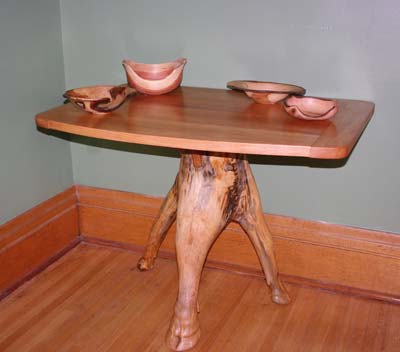
placeholder
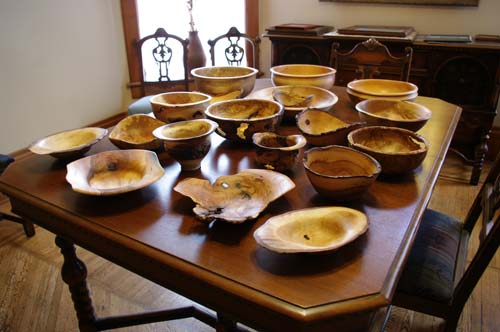
Fortunately, artist Jim Spring, Frederic Leopold's grandson, is crafting beautiful bowls from the Starker-Leopold downed trees. This one is carved from the red oak burl.
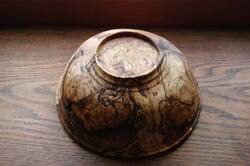
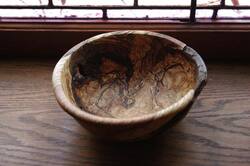
Jim creates distinctive vessels from many different types of wood. A wide variety are available for sale at the Leopold Compound.
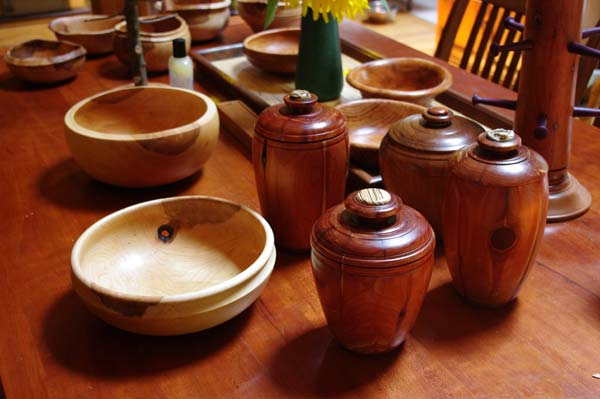
Shadblow Serviceberry Bowls created by Jim Spring
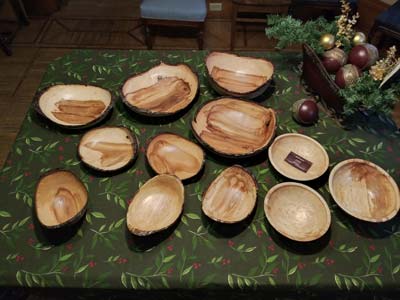
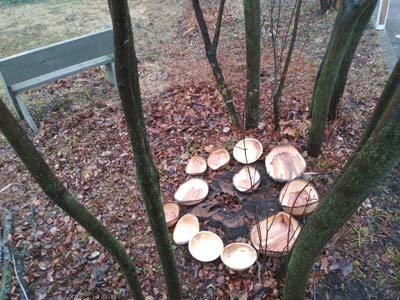
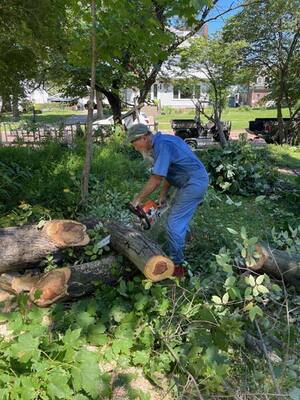
These bowls were made from the shadblow serviceberry tree that grew in the front yard at 111 Clay Street. It was transplanted by Aldo and Fred from Wisconsin in the 1930’s,and would now be about 90 years old. The “Shad” is a small multi-trunk tree that likes to grow in moist soils and partial shade. Frederic loved to tell the story of this tree to visitors, and it was always with a sense of reverence and mystery. After they transplanted the tree, it did not flower for 30 years, but eventually grew into a beautiful, mature specimen.
The largest trunk of the Leopold Shad had died back from a disease and was falling on the electric service to the house. So in the fall of 2021 LLA volunteers removed it and saved the wood for Fred’s grandson, artist Jim Spring, to turn bowls.
Because the serviceberry is a multi-trunk tree that sprouts easily, our stump has 10 living sprouts 3” in diameter that encircle the old trunk. So the tree continues to grow-producing spring flowers and early summer fruit for the birds. Everyone expected the inside of the trunk to be plain white wood and were surprised to find beautiful shades of tan & brown.
Aldo Leopold’s grandnephew, Jim Spring, is a well-known wildlife artist, and has now turned his attention to turning bowls for the Leopold Landscape Alliance. Jim creates the bowls using a new process of turning while the wood is still wet. When first turned, the bowl surface is perfectly smooth. But a result of drying, the shape of the bowl and the edge may slightly change depending on type or cut of the grain. Different characteristics in the wood shrink or change in a manner that give the piece an individual tactile quality.
Recently turned bowls may still be drying and changing, so it is possible the waviness could increase, or the edge may become more irregular. Bowls that have knots, resins or bark inclusions in them may open up. Many buyers feel that bowls with inclusions have a more naturalistic or artistic quality than the solid bowls. Cracks can be filled with Krazy Glue or epoxies. If you plan to have your soup, salad or cereal in a Leopold Bowl, choose one that does not have inclusions, and hold it up to the light to make sure it is water tight. The bowls have a food safe finish.
Care of Your Wooden Bowl
When necessary, wash the bowl inside and out gently, using a non-abrasive cloth or pad, warm water and mild dish soap. Rinse the bowl well with warm water. Do not immerse or soak. Dry inside and out with a soft cloth. When dry, rub with Howard Butcher Block Conditioner, or other similar product. It is a combination of food grade mineral oil and natural waxes and can be found at most home improvement stores for about $7.00 a bottle. Retreat when the luster fades.